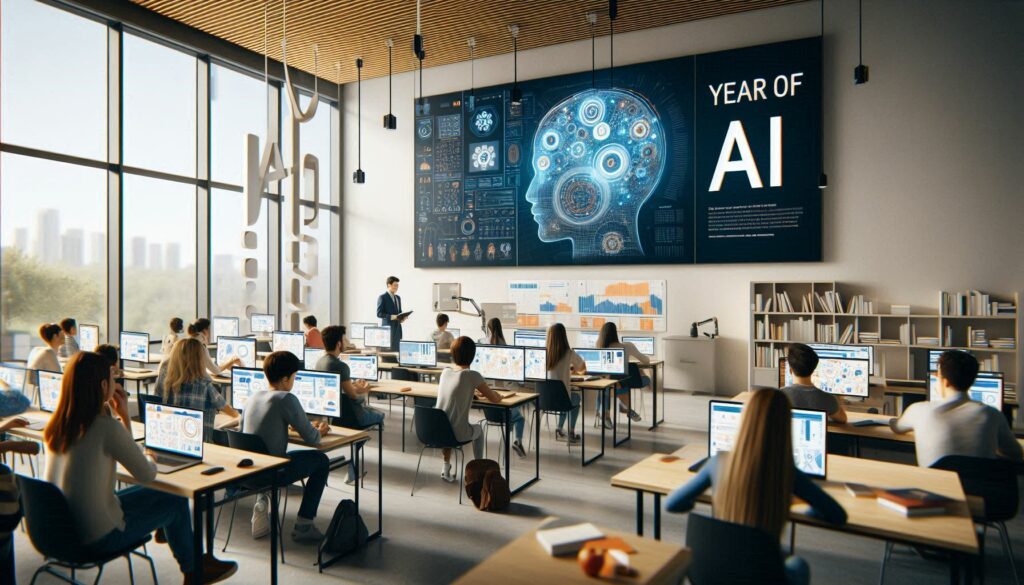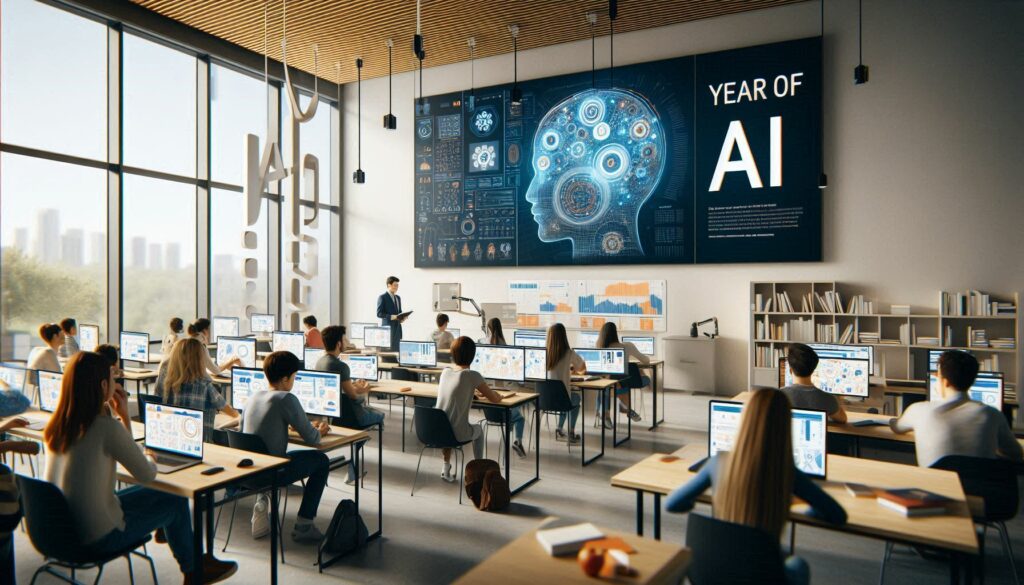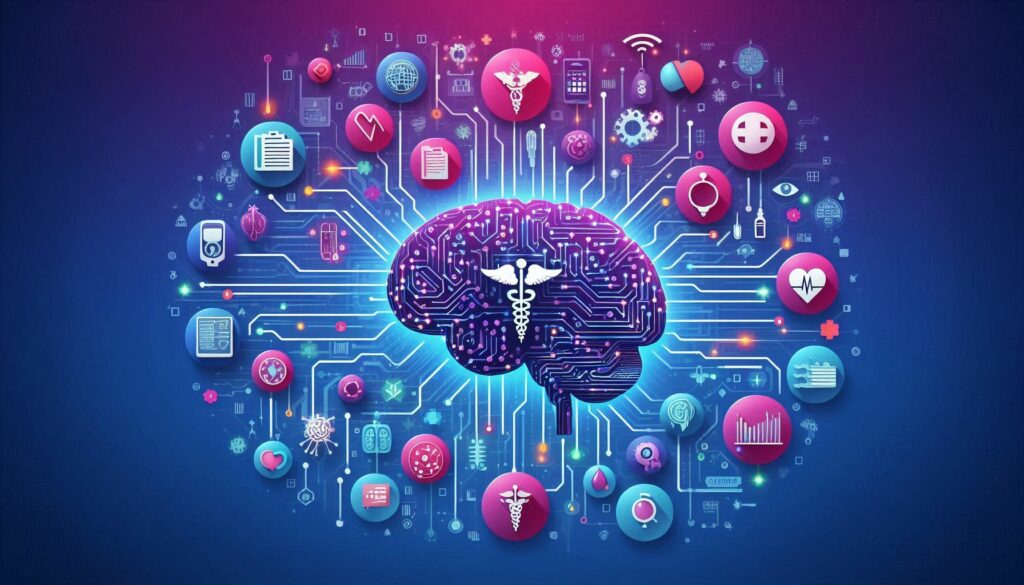
The Rise of Generative AI in India’s Delivery Ecosystem
Generative AI refers to AI systems that can generate new content—such as text, images, or even videos—based on patterns learned from existing data. This technology is transforming how businesses operate by automating tasks, improving decision-making, and creating personalized customer experiences. In India, where the e-commerce and food delivery markets are thriving, leading companies like Zomato and Myntra are embracing these cutting-edge technologies to drive innovation.

How Zomato is Leveraging Generative AI
Zomato, India’s premier food delivery platform, has been at the forefront of incorporating AI into its daily operations. From predicting delivery times to enhancing customer engagement, AI plays a crucial role in Zomato’s success. Here’s how Gen AI is transforming Zomato’s operations:
- Predictive Delivery Systems: Generative AI helps Zomato forecast delivery times with greater precision by analyzing traffic patterns, restaurant preparation times, and real-time driver availability. This ensures that customers get accurate delivery estimates, improving overall satisfaction.
Additionally, AI-powered algorithms continuously improve as they gather more data, resulting in smarter delivery routes and faster delivery times.
- Personalized Customer Recommendations: With millions of users on its platform, Zomato uses Gen AI to deliver personalized restaurant recommendations based on individual preferences, order history, and browsing behavior. This not only enhances the user experience but also helps restaurants increase visibility by targeting the right audience with tailored offers and promotions.
- AI in Customer Support: Zomato has integrated AI-driven chatbots to handle common customer queries such as order status, refund processes, and menu details. This automation not only reduces the load on customer support teams but also ensures faster response times for users.
External Resource: For more insights into how Zomato uses AI to revolutionize food delivery, check out this article from Analytics India Magazine.
Myntra’s AI-Powered Personalization and Supply Chain Optimization
As one of India’s leading online fashion retailers, Myntra is also harnessing the power of Gen AI to provide a seamless and personalized shopping experience to its customers. With thousands of products across various categories, Myntra uses AI to recommend styles, predict trends, and optimize its supply chain. Here’s how Myntra is capitalizing on Gen AI:
- AI-Driven Fashion Recommendations: Myntra employs AI-driven algorithms to recommend products based on customer preferences, browsing history, and current fashion trends. Gen AI analyzes large datasets to understand consumer behavior, making personalized style suggestions that increase the likelihood of purchase.
- Virtual Try-Ons: One of the most innovative uses of AI in Myntra’s arsenal is the introduction of virtual try-on features. Using AI-generated models, customers can see how clothes fit and look on virtual avatars before making a purchase. This has significantly reduced return rates, enhancing customer satisfaction and optimizing inventory management.
- AI-Optimized Supply Chain: Myntra also uses AI-powered tools to manage its vast inventory and supply chain. AI helps predict demand for certain products based on historical sales data and current fashion trends, enabling the company to stock popular items and reduce excess inventory.
- Enhancing Customer Engagement: Gen AI plays a pivotal role in engaging customers through personalized communication. From sending customized discount offers to creating unique shopping experiences, Myntra ensures that each interaction feels tailor-made for the user, driving repeat purchases and loyalty.
External Resource: Learn more about how Myntra is using AI for personalization in this detailed report from Economic Times.

The Common Benefits of Generative AI for Delivery Giants
Across platforms like Zomato and Myntra, the integration of Generative AI provides numerous benefits that are redefining the customer experience and streamlining operations:
- Enhanced Customer Experience: Both Zomato and Myntra use AI to create highly personalized experiences for their users. Personalized recommendations, customized promotions, and AI-driven assistance make interactions more engaging and efficient.
- Operational Efficiency: Gen AI automates various backend processes, such as inventory management and delivery route optimization. This reduces operational costs and ensures quicker, more accurate services.
- Informed Decision-Making: By analyzing large datasets, AI enables companies to make data-driven decisions that improve product offerings, streamline logistics, and enhance customer retention.
- Scalability: AI helps these companies scale their operations efficiently. Whether it’s managing a growing customer base or adapting to new market trends, AI ensures that businesses like Zomato and Myntra can expand without sacrificing quality or speed.
Challenges of Implementing Generative AI
Despite the numerous advantages, there are challenges to implementing Generative AI in large-scale businesses like Zomato and Myntra:
- Data Privacy Concerns: With AI systems relying on massive amounts of personal data to function, data privacy remains a significant concern. Companies must ensure that they comply with data protection laws like India’s Personal Data Protection Bill and build trust with their users.
- Ethical AI: The need for transparency in AI-generated decisions is more important than ever. Companies must ensure that their AI algorithms are free from bias and that their decision-making processes are explainable and fair, especially in customer-facing roles such as product recommendations or customer service.
- Technological Limitations: Implementing Gen AI on such a large scale requires robust infrastructure, and technological limitations can hinder the full potential of AI-driven systems. Companies need to invest in both hardware and software to ensure that their AI systems are operating efficiently.
The Future of Generative AI in India’s E-Commerce and Delivery Sector
As Generative AI technology continues to evolve, companies like Zomato and Myntra will likely deepen their reliance on these systems to enhance both customer experiences and operational efficiency. The future may see further innovations, such as fully autonomous deliveries, AI-powered customer assistants, and even predictive shopping, where AI recommends entire carts of items based on past purchases and trends.
For India’s delivery and e-commerce giants, AI isn’t just a tool—it’s becoming the foundation upon which future growth will be built. By leveraging Generative AI to personalize experiences, optimize logistics, and increase efficiency, companies like Zomato and Myntra are not only staying competitive but also setting new standards for the industry.
Conclusion
Generative AI has already begun to reshape the delivery and e-commerce landscape in India. For giants like Zomato and Myntra, integrating AI into their operations has led to smarter business decisions, more personalized customer experiences, and more efficient logistics. As the technology matures, the possibilities for AI in these sectors will only expand, further enhancing the customer experience while optimizing backend operations.
External Resources:

























